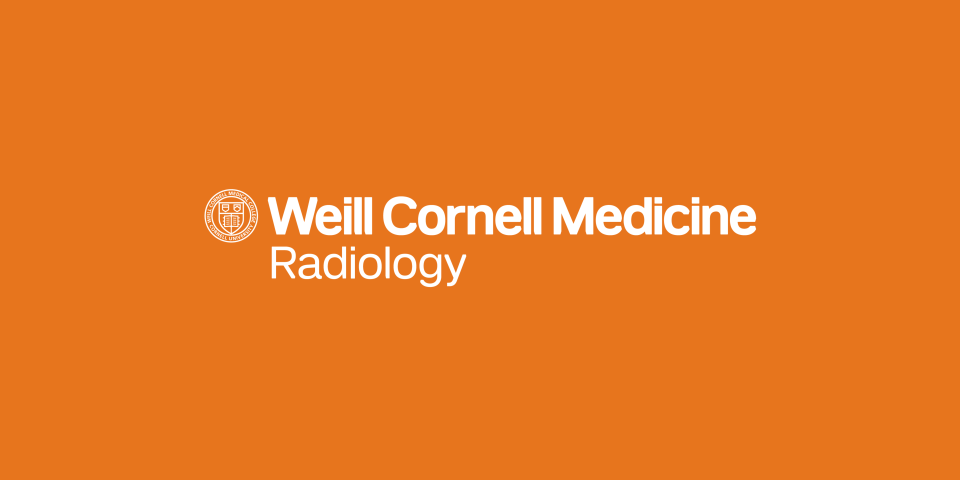Award or grant: Leon Levy Foundation Fellowship
Understanding the organization of the white matter structural connectivity (SC) network in the human brain is essential for elucidating the brain-behavior relationship and its dysfunctions in various diseases and injury. Our lab’s Network Modification (NeMo) Tool uses a large set of healthy tractograms to investigate these relationships by measuring lesions’ implications on SC at a voxel-wise, region-wise and network-wise level. Although many applications of the NeMo tool exist, the objective of this proposal was to use it in the analysis of stroke patient data to predict cognitive and physical impairment, enhance prediction of prognosis, and identify optimal biomarkers of recovery. Our main hypothesis was that the NeMo Tool’s network-based metrics would allow more accurate prediction of impairment and the potential for functional recovery in rehabilitative post-stroke patients than lesion volume or location alone. The reason the lab believed network metrics could do this: they capture systemic effects of injury, so are likely to be more attuned to the brain’s potential for recovery. The first Specific Aim was to use SC to predict cognitive and physical measures of impairment. Model feature importances of global/regional SC network disruption and lesion volume in predicting patient function were to be calculated and compared. The second Specific Aim was to identify prognostic biomarkers of post-stroke recovery. Global network metrics, regional connectivity loss and lesion volume at the time of the stroke were to be correlated with changes in patient function from baseline to six and 12 months post-stroke to determine if network differences at baseline can account for the variation in functional improvement. The lab’s hypothesis: measures of SC damage are better correlated with recovery than any other connectivity loss measure in addition to lesion volume. Optimal biomarker(s) could be used to enhance development of prognoses and rehabilitation plans. Grant outcomes were disseminated to the scientific community via three peer-reviewed publications summarized below, as well as several abstracts and conference presentations.
- The lab found the NeMo Tool’s measure of SC damage right after stroke was related to future atrophy and damage to connected gray matter regions, indicating a biomarker for a region’s susceptibility to secondary remote degeneration in the post-stroke period. Kuceyeski, A., Predicting future brain tissue loss from white matter connectivity disruption in ischemic stroke, Stroke, 45(3), p 717-22: 2014.
- The lab also found NeMo’s estimates of SC damage due to stroke better explained individuals’ baseline levels of physical and cognitive impairment compared to gross measures of lesion size and laterality. Kuceyeski, A., Exploring the brain’s structural connectome: a quantitative stroke lesion-dysfunction mapping study, Hum. Brain Mapp., 36(6), p 2147-60.: 2015.
- The lab showed NeMo’s measures of disconnection due to stroke could accurately predict six and 12 month post-stroke quality of life scores. Kuceyeski, A., Structural connectome disruption at baseline predicts 6-months post-stroke outcome, Hum. Brain Mapp., 37(7), p 2587-2601: 2016.


